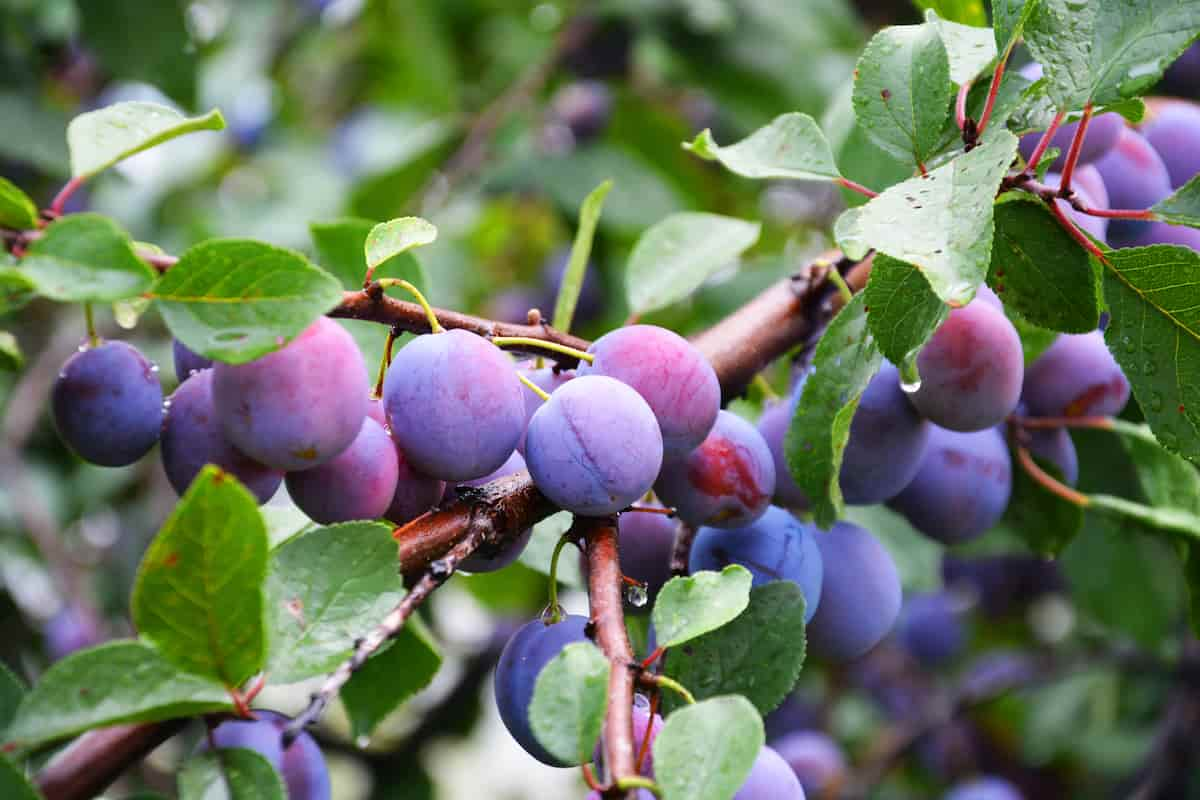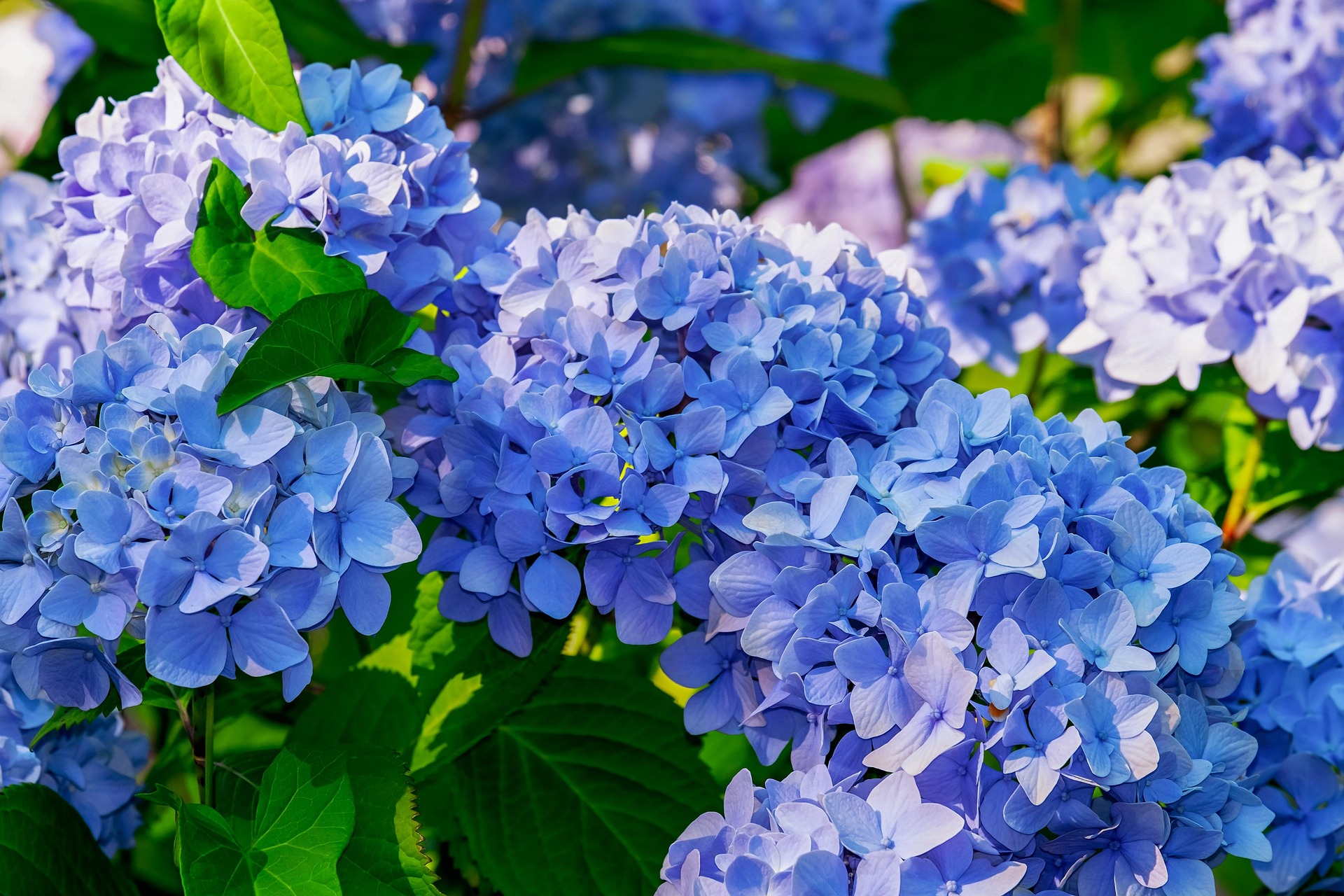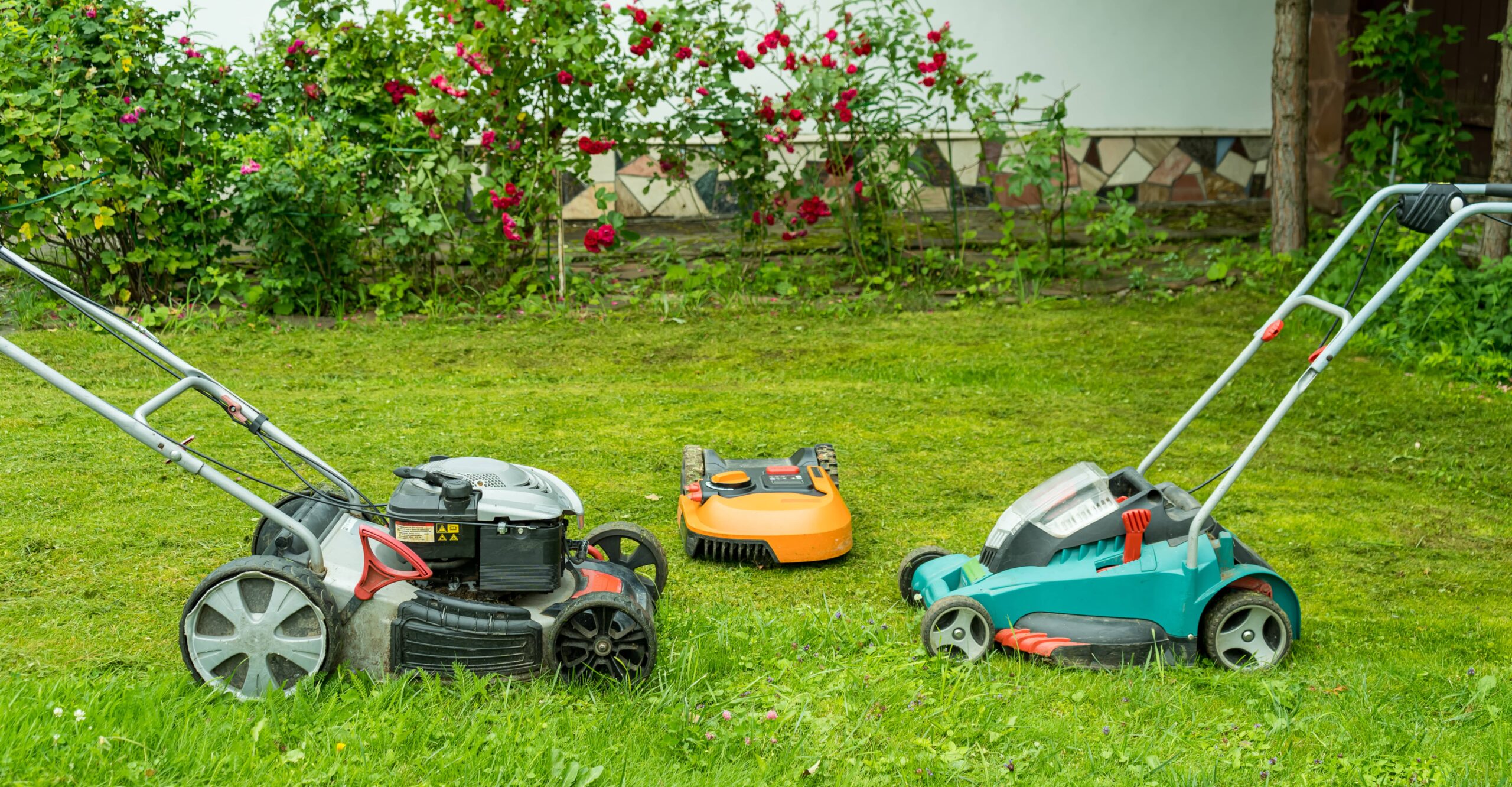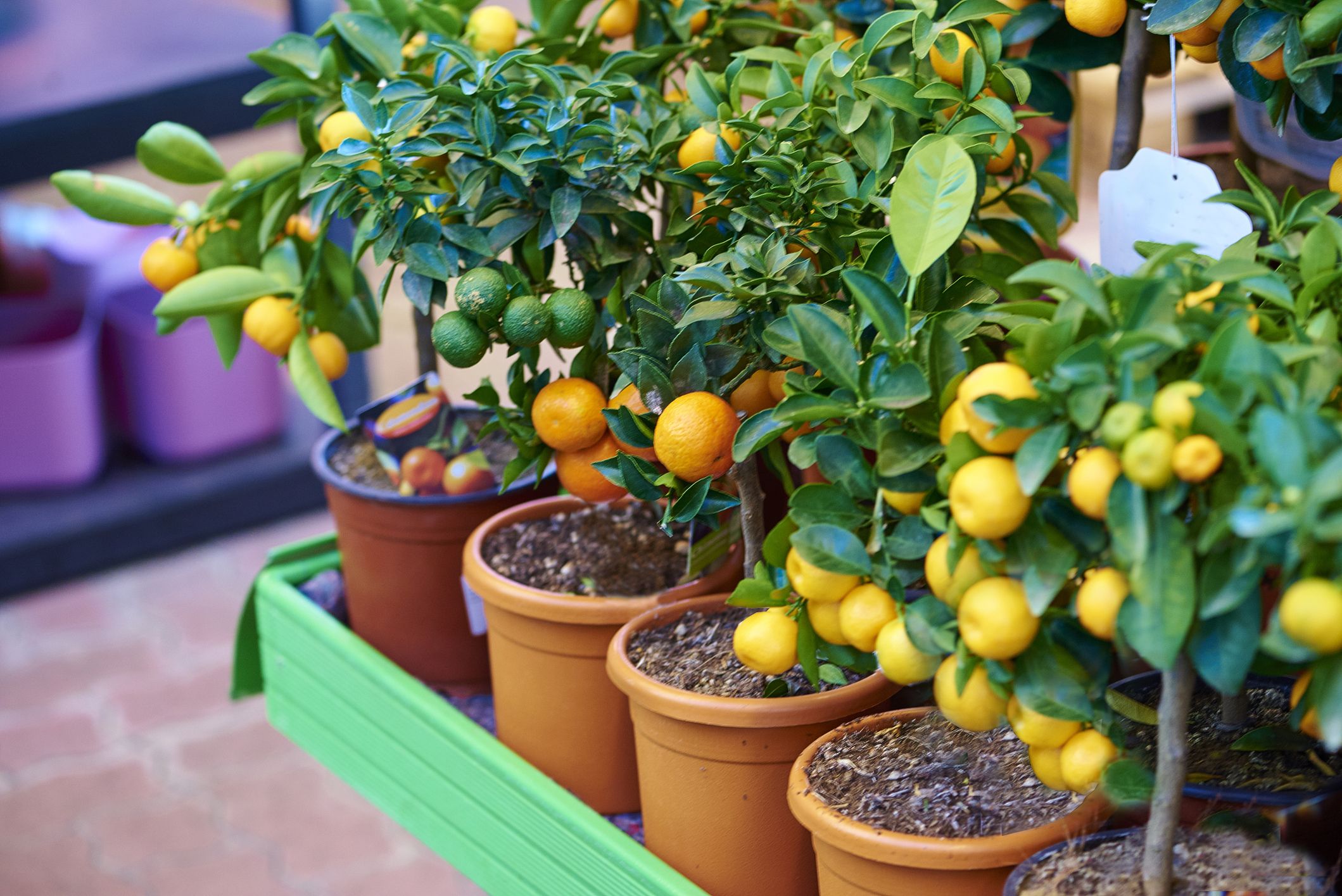In the heart of every British garden, the allure of fresh homegrown fruits beckons with promises of sweet indulgence and wholesome flavors. Among the quintessential favorites, the Victoria Dwarf plum tree stands as a symbol of tradition and delectable harvests. In this article, we delve into the art of caring for your Victoria Dwarf plum tree to ensure bountiful yields and the sweetest Pixy Plums.
Victoria Dwarf Plum Tree: A British Classic
The Victoria Dwarf plum tree (Prunus domestica ‘Victoria Dwarf’) is a cherished gem in British gardens. Its compact size, fragrant blossoms, and, most importantly, its delectable fruit make it a must-have for fruit enthusiasts. Whether you’re a seasoned gardener or a novice, nurturing this iconic tree can bring great joy and rewards.
1. Selecting the Right Location
The first step in caring for your Victoria Dwarf plum tree is choosing the perfect spot in your garden. This tree thrives in a location that receives plenty of sunlight, ideally at least six hours a day. Ensure that the area is sheltered from strong winds, as the delicate blossoms and young fruit can be susceptible to damage. Adequate air circulation is also essential to prevent disease.
2. Soil Preparation
Well-drained soil is the foundation of a healthy Victoria Dwarf plum tree. It’s recommended to perform a soil test before planting to assess its pH and nutrient levels. Plum trees prefer slightly acidic to neutral soil (pH 6.0 to 7.0). If your soil is not within this range, you can amend it accordingly. Adding organic matter, such as compost, will improve soil structure and fertility.
3. Planting Your Victoria Dwarf Plum Tree
Planting your Victoria Dwarf plum tree correctly is crucial for its long-term health and productivity. Follow these steps for successful planting:
Dig a Hole: Dig a hole that is twice as wide as the root ball and deep enough to accommodate it. Ensure that the graft union (the bulge where the tree was grafted onto rootstock) is positioned slightly above ground level.
Backfill Carefully: Replace the soil in the hole, firming it gently as you go to remove air pockets. After planting the tree, give it a good soaking with water to help the soil settle.
Mulching: Apply a layer of organic mulch, such as wood chips or straw, around the base of the tree. Through this, moisture is conserved, the temperature of the soil is regulated, and weeds are suppressed.
4. Watering Routine
Proper watering is essential to ensure your Victoria Dwarf plum tree remains healthy and productive. During the growing season, which typically spans from spring to early autumn, aim to provide consistent moisture. Water deeply when the soil is dry to a depth of about 2 inches. Be cautious not to overwater, as plum trees are susceptible to root rot in waterlogged soil.
5. Pruning and Training
Pruning is a critical aspect of plum tree care. Regular pruning helps maintain the tree’s shape, improve air circulation, and promote fruit production. Here are some key pruning tips:
Winter Pruning: Perform most of your pruning during the dormant winter months, when the tree is not actively growing. Remove dead or diseased branches, as well as any crossing or crowded branches.
Summer Pruning: In summer, focus on removing excess new growth (suckers) and thinning out fruit clusters to prevent overcrowding.
Training: Train your Victoria Dwarf plum tree to have an open-center or vase shape. This allows sunlight to penetrate the canopy, ensuring better fruit ripening.
6. Fertilizing
Fertilizing your Victoria Dwarf plum tree is essential for providing the nutrients it needs for vigorous growth and fruit production. Start by applying a balanced, slow-release fertilizer in late winter or early spring. Follow the manufacturer’s instructions for the appropriate dosage based on the tree’s age and size. Try to avoid fertilising your plants an excessive amount because this can result in an excessive amount of vegetative growth at the expense of fruit production.
7. Pest and Disease Management
Protecting your Victoria Dwarf plum tree from pests and diseases is crucial for a successful harvest. Keep an eye out for common plum tree pests like aphids, plum curculio, and brown rot. Regular inspection and early intervention, such as using organic pesticides or neem oil, can help prevent infestations.
To safeguard against diseases like plum leaf curl and plum brown rot, choose disease-resistant plum tree varieties when available. Proper pruning and maintaining good air circulation can also reduce the risk of fungal diseases.
8. Harvesting Your Pixy Plums
One of the most rewarding moments for a gardener is harvesting the sweet, succulent Pixy Plums from your Victoria Dwarf tree. These plums are typically ready for picking in late summer to early autumn, depending on your location and the weather conditions. Here’s how to know when it’s time to harvest:
Fruit Color: Pixy Plums should turn a rich, purplish-red color when they are ripe. Avoid picking them when they are still green or under-ripe.
Firmness: Gently squeeze the plums. Ripe plums should yield slightly to pressure but not be overly soft.
Easy Twisting: Ripe plums should easily twist off the tree with a gentle tug. If they resist, they may not be fully ripe.
Taste Test: Ultimately, the best way to determine ripeness is to taste one. A fully ripe Pixy Plum will be sweet and bursting with flavor.
9. Storing and Enjoying Your Pixy Plums
Once you’ve harvested your Pixy Plums, you can enjoy them fresh or preserve their deliciousness for later. Here are some storage and consumption tips:
Fresh Consumption: Pixy Plums are a delightful treat when eaten fresh. Simply wash them and enjoy the sweet, juicy flesh.
Preservation: You can make jams, jellies, and preserves with your surplus plums. Alternatively, freeze them for later use in smoothies, desserts, or baking.
Refrigeration: Store fresh plums in the refrigerator for up to a week to extend their shelf life.
10. Winter Care
As winter approaches, your Victoria Dwarf plum tree will enter a dormant phase. Here’s how to care for it during the cold months:
Mulching: Apply a fresh layer of mulch around the base of the tree to protect the roots from freezing temperatures.
Pruning: Continue to monitor the tree for dead or diseased branches and remove them as needed.
Pest and Disease Check: Winter is an excellent time to inspect the tree for signs of pests or diseases and take appropriate measures if necessary.
With proper care and attention, your Victoria Dwarf plum tree can provide you with years of delicious Pixy Plums and become a cherished feature of your British garden. Whether you’re a seasoned gardener or just starting, the satisfaction of nurturing this iconic tree and relishing its fruits is a reward worth savoring. So, roll up your sleeves, put on your gardening gloves, and let the Pixy Plum Power enchant your garden and palate alike. Happy gardening!
In conclusion, the Victoria Dwarf plum tree is a quintessential addition to any British garden. By following the essential care tips outlined in this article, you can ensure that your tree thrives and produces an abundance of delectable Pixy Plums for years to come. Remember to select the right location, prepare the soil, water, prune, fertilize, and protect your tree from pests and diseases. With patience and dedication, you’ll be rewarded with a bountiful harvest of sweet and succulent plums that are sure to delight your taste buds and elevate your gardening experience. So, embrace the Pixy Plum Power and enjoy the fruits of your labor in your very own garden oasis. Happy gardening!











